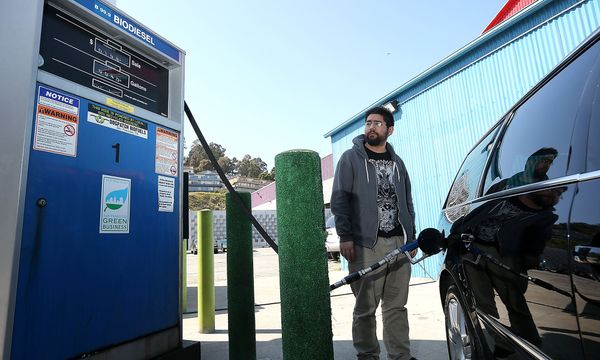It's not exactly a secret that the fossil fuels most cars run on are eventually going to run out. It's also not a secret that they emit carbon greenhouse gases the way champagne emits bubbles. Put that all together and there's no escaping the inevitable conclusion: Fossil fuels have to go. But what are we going to replace them with?
There's no shortage of possibilities: Electric batteries. Hydrogen fuel cells. Compressed air. Liquid nitrogen. Unfortunately, most of these technologies aren't quite ready for primetime. Even battery electric vehicles, a few of which are currently available from prominent automakers, have their drawbacks, like limited driving range, long recharge times and a limited infrastructure of recharging stations. So for now we'll keep burning fossil fuels to make our automobiles go, right?
Advertisement
Well, maybe. But there's another alternative that's available right now that's barely being used: Biofuels. These are fuels made from vegetable matter that take advantage of their natural energy content, captured from the sun through photosynthesis, to produce a mixture that can be used, usually in conjunction with fossil fuels, to run internal combustion engines.
Although this alternative is available now, and there are vehicles that can (and do) take advantage of it, biofuel really isn't being used that much and only limited amounts of it are being created. The U.S. government is offering tax breaks to those who make, mix and sell these biofuels to consumers (but not to the consumers who use them, unless they use them as part of a business). After a brief look at the idea behind biofuels, we'll talk about how these tax credits actually work.
Advertisement




